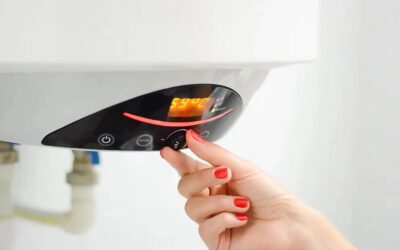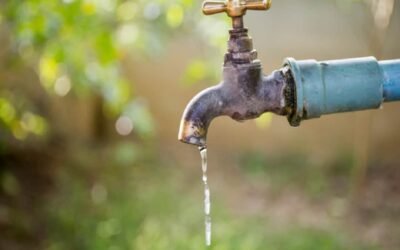The extreme cold, combined with the frigid wind chill, could make pipes freeze and explode in commercial and residential structures when temperatures and chill drop below freezing. Take note that when pipes freeze, pressure rises, which causes pipes to crack, no matter whether the line gets constructed from copper, plastic, or steel. A small crack can release over 250 gallons of water in one day.
Ottawa Plumbing Service is the most significant drain and pipe repair supplier. The company’s plumbers thaw and fix more significant numbers of frozen pipes than other plumbing repair businesses.
Ottawa Plumbing Service technicians expect to be busy fixing and assisting customers with bursts or frozen pipes. However, their plumbers warn that the most severe issues begin when temperatures start rising.
Ottawa Plumbing Service offers the below plumbing tips to prevent frozen pipes, which could cause flooding and result in costly repairs. If you take a few preventative measures before pipes freeze, home and business owners can lessen the chance of experiencing a plumbing disaster.
- Connect outside water pipes. If left unconnected, water could expand and freeze, which can cause the outside faucets and connecting pipes within your home to break and freeze. Cover exterior faucets with an insulation kit that can find at the home center.
- If your outside faucets are dripping or leaky, make the required repairs or call a plumber before cold temperatures set in.
- If the washing machine is located in a garage that is not heated, shut off the water supply lines that connect to the device and cut off the hoses if temperatures are predicted to fall below freezing.
- Allow a little bit of cold and hot water to drip over the night in bathtubs and sinks fitted with water supply lines that go through outside walls. But be cautious not to pour the water through an unclean drain when the drain line runs through an uninsulated wall subject to freezing temperatures. It is because the drainpipe can be frozen and result in back-ups.
- Kitchen and bathroom cabinets that open under sinks allow the heat to circulate through uninsulated pipes.
- Install insulation on pipes for water in areas that aren’t heated, such as garages and crawl spaces. Apply heat tape or thermostat-controlled heat cables around water supply pipes that are exposed and prone to freezing.
- Ensure the furnace is on and set at no less than 55°F.
What to Do If Your Pipes Still Have to Freeze
- Shut off the water main that leads to the structure. It will decrease pressure on frozen pipes and reduce the risk of flooding if the lines break. It is especially crucial if you’ll leave your home.
- If the pipe is visible and exposed, use a hair dryer or space heater to melt the blockage caused by ice. Don’t use any open flame!
- Examine the pipes that get exposed for leaks. Even with the main water valve shut off, it will still be enough pressure to detect leaks after the line thawed.
- Find a licensed professional plumber with pipe-thawing equipment to bring your pipes back to normal and, if needed, fix damaged ones.
- Even if no leaks get discovered, a plumber must inspect pipes that suffered hard freezing. Sure lines might need to get replaced as the material has suffered stretching and fatigue, which puts them at risk of eventual failure.
- Our water cleanup crew will also get rid of the water and dry your home efficiently in case of a rupture or a leaky pipe.
Please contact us immediately by phone at (613) 317-1682 or by email at info@ottawaplumbingservice.com if you have frozen pipes or are worried about them. With affordable costs and assured service, Ottawa Plumbing Service works to satisfy all of your plumbing demands.



